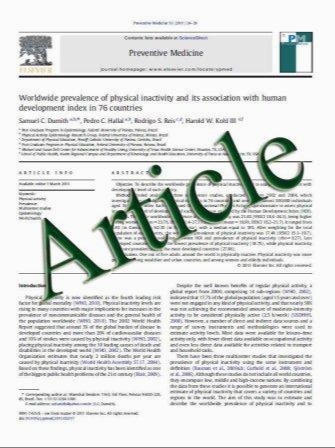Comparison of effects of diode laser and CO2 laser on human teeth and their usefulness in topical fluoridation
- نوع فایل : کتاب
- زبان : انگلیسی
- مؤلف : Alberto Gonzلlez-Rodrیguez & Juan de Dios Lَpez-Gonzلlez & Juan de Dios Luna del Castillo & Juan Villalba-Moreno
- چاپ و سال / کشور: 2011
Description
Various authors have reported more effective fluoridation from the use of lasers combined with topical fluoride than from conventional topical fluoridation. Besides the beneficial effect of lasers in reducing the acid solubility of an enamel surface, they can also increase the uptake of fluoride. The study objectives were to compare the action of CO2 and GaAlAs diode lasers on dental enamel and their effects on pulp temperature and enamel fluoride uptake. Different groups of selected enamel surfaces were treated with amine fluoride and irradiated with CO2 laser at an energy power of 1 or 2 W or with diode laser at 5 or 7 W for 15 s each and compared to enamel surfaces without treatment or topical fluoridated. Samples were examined by means of environmental scanning electron microscopy (ESEM). Surfaces of all enamel samples were then acid-etched, measuring the amount of fluoride deposited on the enamel by using a selective ion electrode. Other enamel surfaces selected under the same conditions were irradiated as described above, measuring the increase in pulp temperature with a thermocouple wire. Fluorination with CO2 laser at 1 Wand diode laser at 7 W produced a significantly greater fluoride uptake on enamel (89±18 mg/l) and (77±17 mg/l) versus topical fluoridation alone (58±7 mg/l) and no treatment (20±1 mg/l). Diode laser at 5 W produced a lesser alteration of the enamel surface compared to CO2 laser at 1 W, but greater pulp safety was provided by CO2 laser (ؤT° 1.60°±0.5) than by diode laser (ؤT° 3.16°±0.6). Diode laser at 7 W and CO2 laser at 2 W both caused alterations on enamel surfaces, but great pulp safety was again obtained with CO2 (ؤT° 4.44°±0.60) than with diode (ؤT° 5.25°±0.55). Our study demonstrates that CO2 and diode laser irradiation of the enamel surface can both increase fluoride uptake; however, laser energy parameters must be carefully controlled in order to limit increases in pulpal temperature and alterations to the enamel surface.
Lasers Med Sci (2011) 26:317–324 DOI 10.1007/s10103-010-0784-y Received: 29 June 2009 Published online: 27 April 2010


